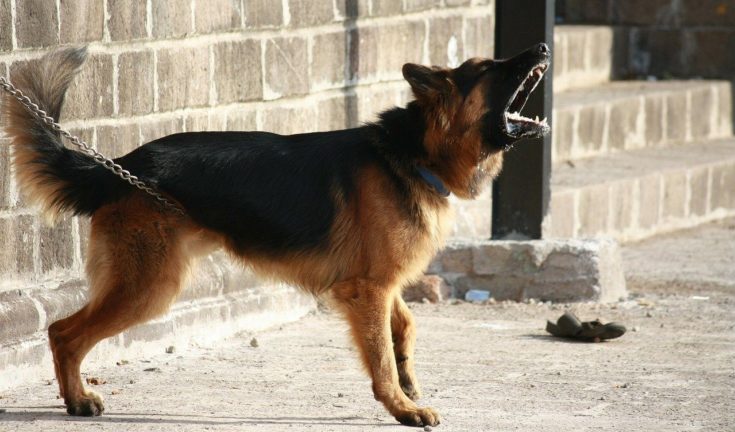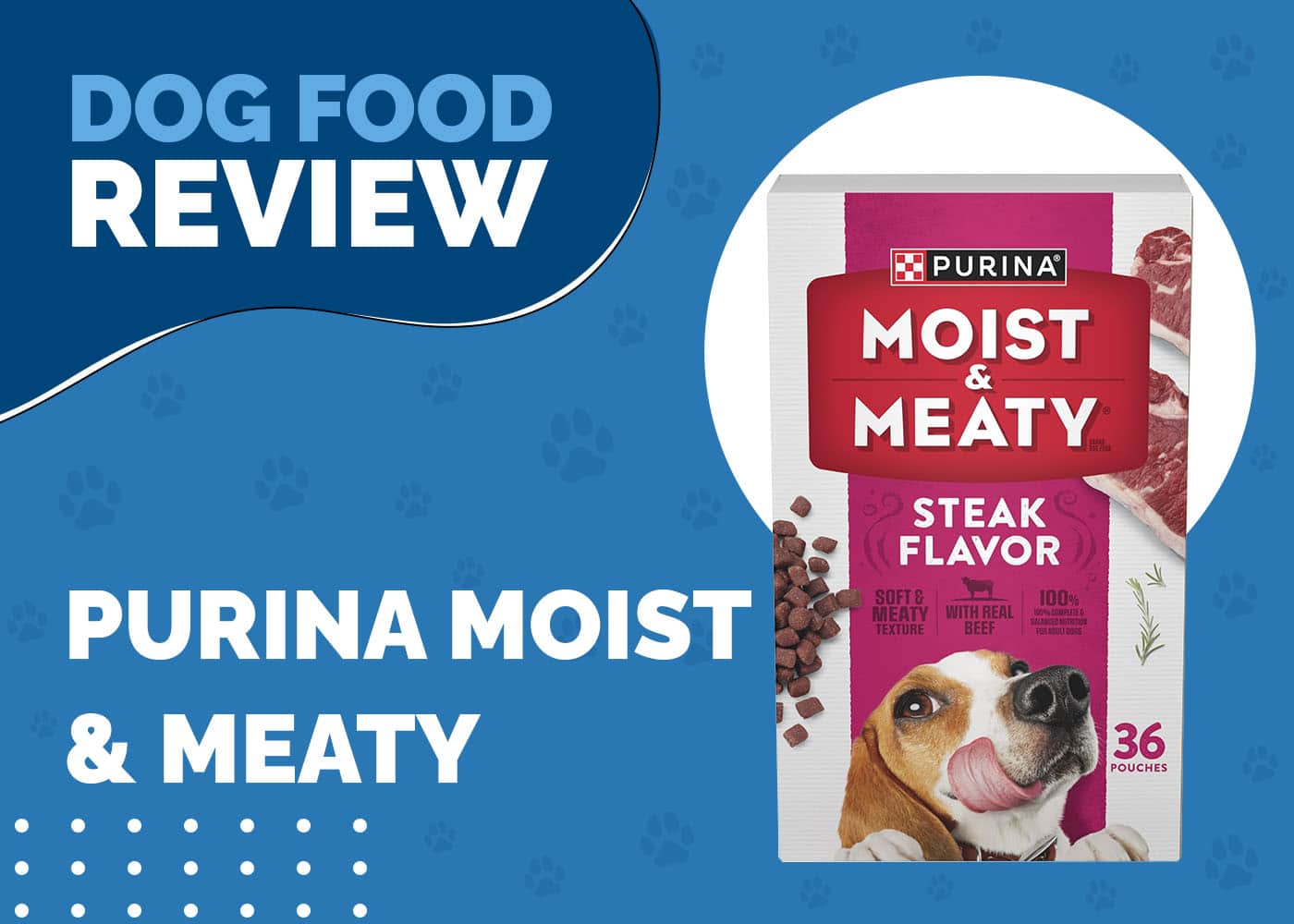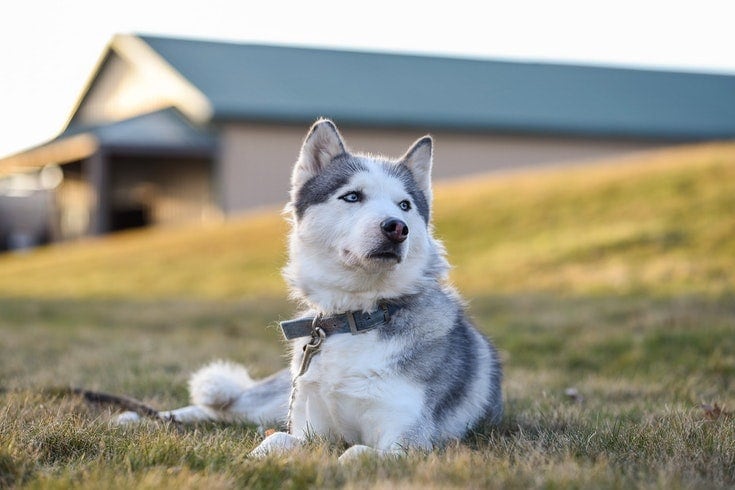3 Australian Cattle Dog Colors & Markings (With Pictures)

Updated on
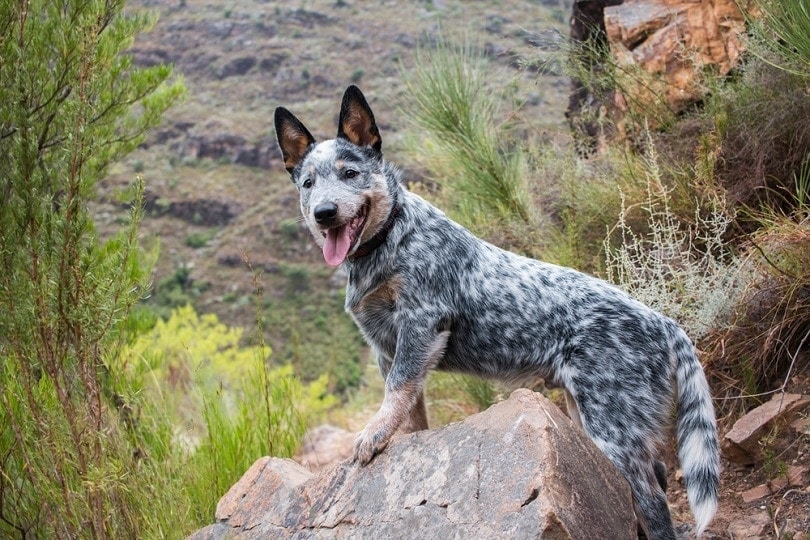
The Australian Cattle Dog might not rank highest among the American Kennel Club’s (AKC) most popular canines, but they are certainly worth a look. Also called the AuCaDo, this pooch has a fascinating history that begins in their native land. The story involves bovines, a bit of the wild, and a star for this hard-working pooch that epitomizes bravery and courage.
A lot of the traits regarding the Australian Cattle Dog’s color and coat begin with their purpose in Australia. Ranchers selectively bred various dogs to try to find the ideal herding animal for cattle. They needed a canine that could stand up to their charges with the energy levels to stay on the job. They also wanted a dog that would feel comfortable around horses.
The Australian Cattle Dog’s breeding history includes a broad range of herding animals from the Black and Tan Kelpie to Dalmatian to the wild Dingo. These canines left their mark in the gene pool of the AuCaDo and, thus, the recognized colors that you’ll see today. Its history is unique in that official breed standards disqualify solid-colored ones in the show ring. What you see is a unique combination of many.
The Colors of the Australian Cattle Dog
There are two primary colors for the Australian Cattle Dog: blue and red-speckled. Tan, blue, and black markings are also part of the mix, with specific, well-defined rules. You’ll see what we mean when we go over the hues in detail.
The AuCaDo’s tail may or may not be docked. Most national clubs prefer it undocked. However, you may see it docked on a working dog. A tail can be cumbersome on the range where an animal could step on it.
1. Blue (Blue Heeler)
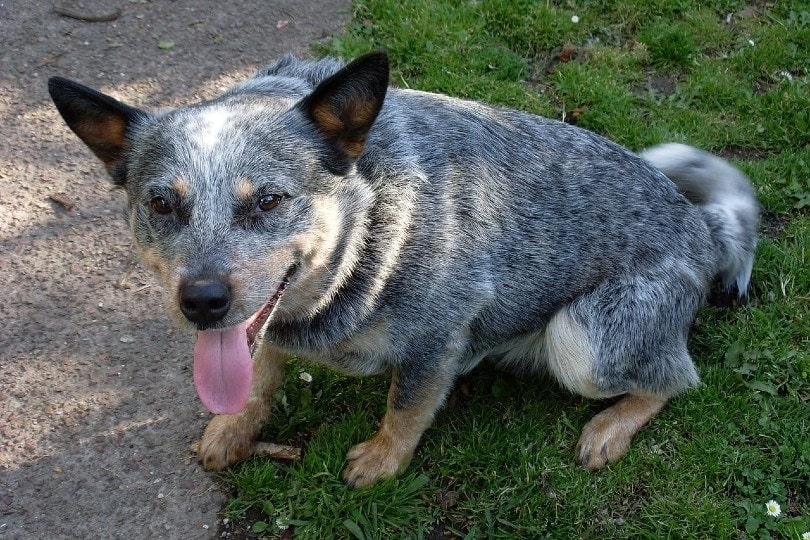
You may see the term “blue heeler.” That refers to the fact that the Australian Cattle Dog may sometimes nip at the heels of cattle, with the jaw power to back it up. Blue heeler colors can go the gamut from totally blue to blue-speckled with markings. Blue, black, or tan on the head are allowed. On the body, it is a fault. Tan is also permitted on the legs and undercoat. For the latter, it just can’t be evident.
Depending on the markings, each pup looks different. That’s understandable, given the number of breeds that went into the Australian Cattle Dog’s making. It’s one thing that sets this dog apart from other ones where you typically see only solid colors. It’s worth mentioning that the blue heeler color is something of an optical illusion, being the mix of white and black hair that makes it appear silver in shade.
2. Red-Speckled (Red Heeler)
Likewise, with red-speckled, some people call this variation a red heeler, or simply a red Australian Cattle Dog. The standard dictates that the presence or absence of dark red markings on the head is suitable. On a side note, the dog cannot resemble one of its parent breeds, the Dingo, in Australia. The concern is that someone may shoot it because of this likeness. Bear in mind that they are considered pests Down Under.
3. White Australian Cattle Dog
You may have noticed that we haven’t mentioned white Australian Cattle Dog (sometimes called a white heeler) at all in our color descriptions. That’s because it’s not a permitted color in large patches or the undercoat. The lighter hues you may see are variations of others, like tan and blue, going to the lighter end of the spectrum. The one exception is the so-called Bentley mark or star. It is a blaze of white on the pup’s forehead.
Legend has it that one of the founding breeder name Thomas Bentley selectively bred his dogs for this distinctive mark. Think of it as a trademark of the Australian Cattle Dog. The other curious fact is that all of these pups are born white. It’s a genetic holdover from the pooch’s Dalmatian past. If nothing else, the Australian Cattle Dog is full of surprises.
The Coat of the Australian Cattle Dog
Life on the range is a tough life with the punishing heat and blazing sun. To handle it, the Australian Cattle Dog has a dense undercoat that protects their skin from UV radiation. It also gives the pooch some water-resistance because of how it lies flat this body. The length of their outer coat varies, depending on its location. It’s longer on the pup’s neck and underbelly.
This double coat protects the AuCaDo from the elements. It also serves as some protection from injury. The AKC, United Kennel Club (UKC), and Australian National Kennel Council (ANKC) breed standards are quite specific about how long the hairs should be, putting it at 2.5–4 centimeters. Too short or too long is a fault in their books.
While the Australian Cattle Dog does shed, they keep themselves relatively clean on their own. Brushing and bathing them occasionally are all you need to do for grooming, other than keeping their nails trim. Their coat may need more attention when they shed.
Final Thoughts
The AuCaDo is a tough, hard-working dog that has the gusto necessary to keep cattle in line. Thanks to careful breeding, they have the physical and mental traits to succeed at their job. The unusual colors of the breed only add to their mystique.
Featured Photo Credit: Madelein Wolfaardt, Shutterstock



